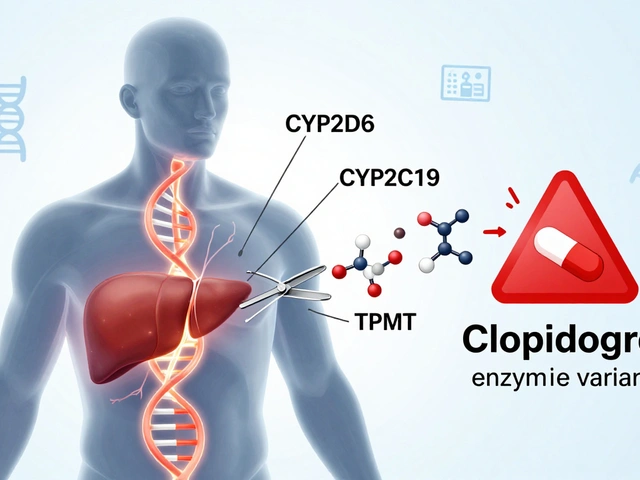Bioequivalence Studies: What They Are and Why They Matter for Generic Drugs
When you pick up a generic version of your prescription, you’re relying on something called bioequivalence studies, scientific tests that prove a generic drug delivers the same amount of active ingredient into your bloodstream at the same rate as the brand-name version. Also known as pharmaceutical equivalence testing, these studies are the reason you can trust a $5 pill to do the same job as a $50 one. Without them, generic drugs would just be lookalikes — not true substitutes. The FDA and other global regulators require these tests before any generic can be sold. It’s not about cost-cutting; it’s about making sure your body gets exactly what it needs.
These studies don’t just check if the pill contains the right chemical. They measure how fast and how much of that drug actually enters your bloodstream — something called drug absorption, the process by which your body takes in and uses the active ingredient. A drug might have the same formula on paper, but if your gut absorbs it too slowly or too quickly, it won’t work right. That’s why bioequivalence studies track blood levels over time in healthy volunteers, comparing the generic to the original. If the results fall within strict limits — usually 80% to 125% of the brand’s performance — it’s approved. This isn’t guesswork. It’s science with real-world impact.
And it’s not just for simple pills. The same rules apply to complex products like biosimilars, highly similar versions of biologic drugs made from living cells, which are trickier to copy than traditional chemicals. Even small changes in manufacturing can affect how your immune system reacts. That’s why biosimilar bioequivalence studies are even more detailed — often involving multiple rounds of testing and sometimes even clinical outcomes. These aren’t just regulatory hoops. They’re safety nets.
You’ll see bioequivalence mentioned in posts about buying generic Lamictal, comparing Medrol to prednisone, or choosing between furosemide and torsemide. Why? Because every time you switch from a brand to a generic — or even between two generics — you’re relying on these studies to keep your treatment effective and safe. They’re the quiet backbone of affordable medicine.
What you’ll find below are real-world examples of how bioequivalence affects your choices: from blood thinners and steroids to ED meds and diuretics. These aren’t abstract concepts. They’re the reason your prescriptions work — and why you can save money without risking your health.





